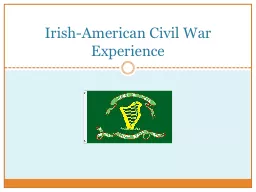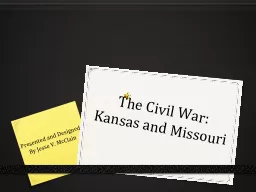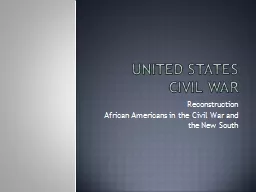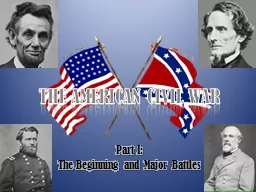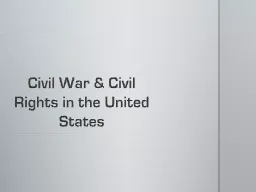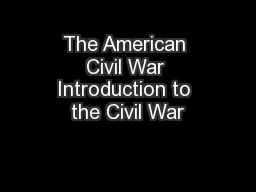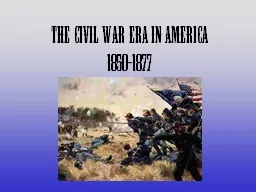PPT-The Civil War Chapters 20-21
Author : yoshiko-marsland | Published Date : 2018-10-30
Girding for War The North and the South Chapter 20 Introduction As Lincoln became President of the disUnited States on March 4 1861 seven states had already departed
Presentation Embed Code
Download Presentation
Download Presentation The PPT/PDF document "The Civil War Chapters 20-21" is the property of its rightful owner. Permission is granted to download and print the materials on this website for personal, non-commercial use only, and to display it on your personal computer provided you do not modify the materials and that you retain all copyright notices contained in the materials. By downloading content from our website, you accept the terms of this agreement.
The Civil War Chapters 20-21: Transcript
Download Rules Of Document
"The Civil War Chapters 20-21"The content belongs to its owner. You may download and print it for personal use, without modification, and keep all copyright notices. By downloading, you agree to these terms.
Related Documents


